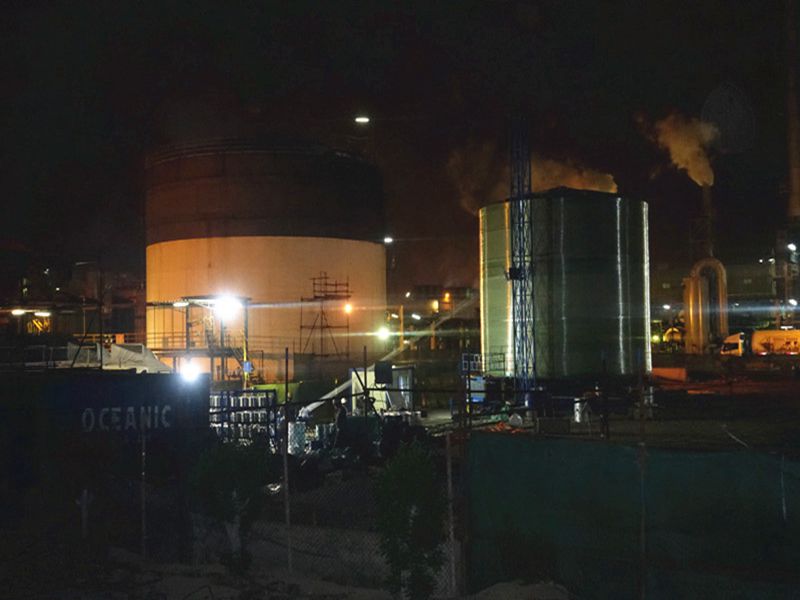
-
 Afrikaans
Afrikaans -
 Albanian
Albanian -
 Amharic
Amharic -
 Arabic
Arabic -
 Armenian
Armenian -
 Azerbaijani
Azerbaijani -
 Basque
Basque -
 Belarusian
Belarusian -
 Bengali
Bengali -
 Bosnian
Bosnian -
 Bulgarian
Bulgarian -
 Catalan
Catalan -
 Cebuano
Cebuano -
 China
China -
 China (Taiwan)
China (Taiwan) -
 Corsican
Corsican -
 Croatian
Croatian -
 Czech
Czech -
 Danish
Danish -
 Dutch
Dutch -
 English
English -
 Esperanto
Esperanto -
 Estonian
Estonian -
 Finnish
Finnish -
 French
French -
 Frisian
Frisian -
 Galician
Galician -
 Georgian
Georgian -
 German
German -
 Greek
Greek -
 Gujarati
Gujarati -
 Haitian Creole
Haitian Creole -
 hausa
hausa -
 hawaiian
hawaiian -
 Hebrew
Hebrew -
 Hindi
Hindi -
 Miao
Miao -
 Hungarian
Hungarian -
 Icelandic
Icelandic -
 igbo
igbo -
 Indonesian
Indonesian -
 irish
irish -
 Italian
Italian -
 Japanese
Japanese -
 Javanese
Javanese -
 Kannada
Kannada -
 kazakh
kazakh -
 Khmer
Khmer -
 Rwandese
Rwandese -
 Korean
Korean -
 Kurdish
Kurdish -
 Kyrgyz
Kyrgyz -
 Lao
Lao -
 Latin
Latin -
 Latvian
Latvian -
 Lithuanian
Lithuanian -
 Luxembourgish
Luxembourgish -
 Macedonian
Macedonian -
 Malgashi
Malgashi -
 Malay
Malay -
 Malayalam
Malayalam -
 Maltese
Maltese -
 Maori
Maori -
 Marathi
Marathi -
 Mongolian
Mongolian -
 Myanmar
Myanmar -
 Nepali
Nepali -
 Norwegian
Norwegian -
 Norwegian
Norwegian -
 Occitan
Occitan -
 Pashto
Pashto -
 Persian
Persian -
 Polish
Polish -
 Portuguese
Portuguese -
 Punjabi
Punjabi -
 Romanian
Romanian -
 Russian
Russian -
 Samoan
Samoan -
 Scottish Gaelic
Scottish Gaelic -
 Serbian
Serbian -
 Sesotho
Sesotho -
 Shona
Shona -
 Sindhi
Sindhi -
 Sinhala
Sinhala -
 Slovak
Slovak -
 Slovenian
Slovenian -
 Somali
Somali -
 Spanish
Spanish -
 Sundanese
Sundanese -
 Swahili
Swahili -
 Swedish
Swedish -
 Tagalog
Tagalog -
 Tajik
Tajik -
 Tamil
Tamil -
 Tatar
Tatar -
 Telugu
Telugu -
 Thai
Thai -
 Turkish
Turkish -
 Turkmen
Turkmen -
 Ukrainian
Ukrainian -
 Urdu
Urdu -
 Uighur
Uighur -
 Uzbek
Uzbek -
 Vietnamese
Vietnamese -
 Welsh
Welsh -
 Bantu
Bantu -
 Yiddish
Yiddish -
 Yoruba
Yoruba -
 Zulu
Zulu
Exploring the Benefits and Applications of RTRP Pipe Technology in Modern Industries
Understanding RTRP Pipes and Their Applications
RTRP, or Reinforced Thermosetting Resin Pipe, is an innovative type of piping solution that has gained popularity in various industries due to its unique properties. Made from thermosetting resins and reinforced with fiberglass or other materials, RTRP pipes are known for their strength, durability, and resistance to corrosion. This article explores the key features of RTRP pipes and their applications across different sectors.
Understanding RTRP Pipes and Their Applications
In addition to their chemical resistance, RTRP pipes also exhibit impressive mechanical properties. They can withstand high temperatures and pressures, making them suitable for demanding environments. This resilience ensures that they can effectively transport fluids without the risk of failure, which is crucial in applications such as hot water delivery systems or underground piping networks.
rtrp pipe

Another notable feature of RTRP pipes is their lightweight nature. Compared to traditional piping materials such as steel or concrete, RTRP pipes are significantly lighter, which simplifies transportation and installation. This characteristic can lead to cost savings in construction projects, as less manpower and fewer resources are required to handle and install these pipes.
RTRP pipes are also environmentally friendly. Their manufacturing process often utilizes recyclable materials, and their long lifespan reduces the need for frequent replacements. This sustainability aspect aligns with the growing emphasis on eco-friendly practices across industries, making RTRP pipes an attractive option for environmentally conscious businesses.
Moreover, RTRP pipes are versatile and can be produced in various sizes and configurations to meet specific project needs. Whether it’s for residential plumbing systems, industrial piping, or complex infrastructure projects, RTRP pipes can be customized to fit diverse requirements.
In conclusion, RTRP pipes represent a significant advancement in piping technology, offering numerous benefits such as corrosion resistance, mechanical strength, lightweight construction, and eco-friendliness. Their broad range of applications makes them a valuable asset in industries that require reliable and efficient transport of fluids. As technology continues to evolve, it is likely that the usage of RTRP pipes will expand, further solidifying their place as a preferred choice in modern piping solutions.
Latest news
-
Exploring the Benefits of Top Hammer Drifter Rods for Enhanced Drilling PerformanceNewsJun.10,2025
-
High-Precision Fiberglass Winding Machine for GRP/FRP Pipe Production – Reliable & Efficient SolutionsNewsJun.10,2025
-
FRP Pipes & Fittings for Shipbuilding - Corrosion-Resistant & LightweightNewsJun.09,2025
-
Premium FRP Flooring Solutions Durable & Slip-ResistantNewsJun.09,2025
-
Premium Fiberglass Rectangular Tanks Durable & Lightweight SolutionNewsJun.09,2025
-
Tapered Drill String Design Guide Durable Performance & UsesNewsJun.09,2025









